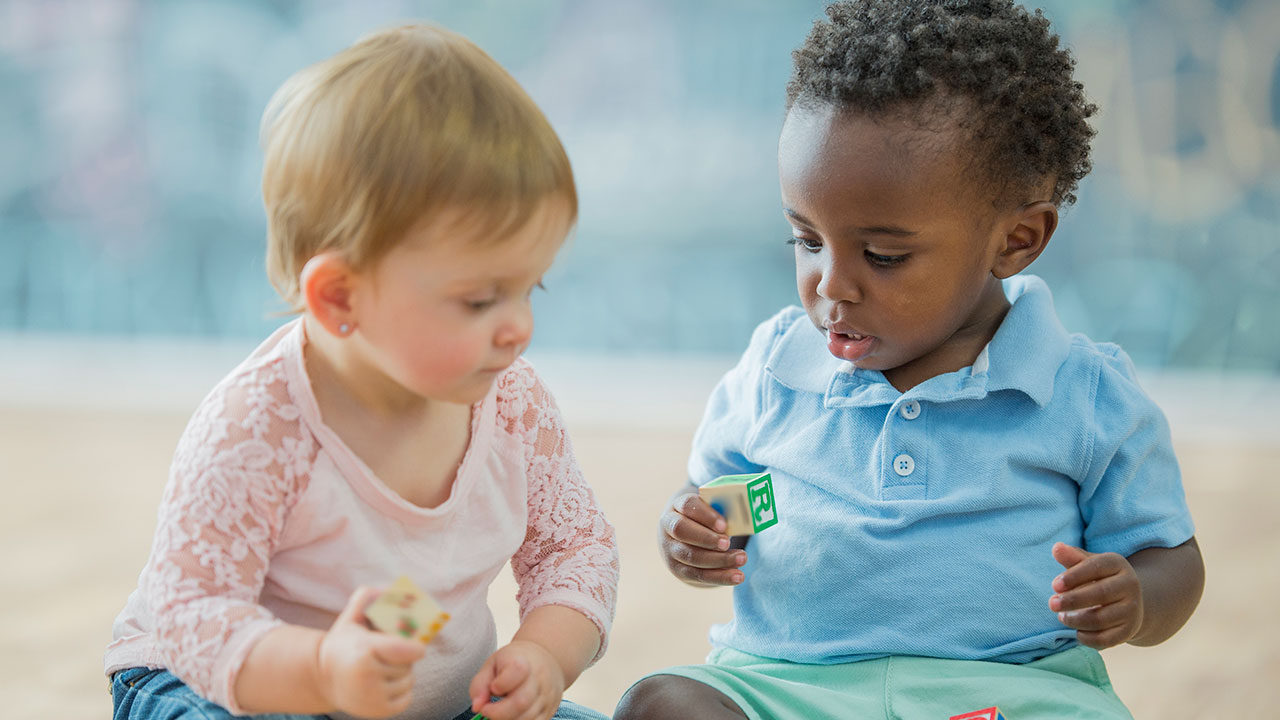


Babies are born ready to learn. Their brains develop through experiences, so your child needs a stimulating environment with plenty of different ways to play and learn. Your child also needs opportunities to repeat and practise what they’re learning.
Babies and young children learn best when they have warm, engaged and responsive relationships with their main carers. You are your child’s first teacher, and your child will keep learning from you as they grow older.
Your young child learns through everyday play and exploration in a safe and stimulating environment, which can include:
• observing things, watching faces and responding to voices
• listening to sounds, making sounds and singing
• exploring – for example, putting things in their mouth, shaking things and turning things around
• asking questions – for example, ‘But why?’
• experimenting with textures, objects and materials like water, sand or dirt
• building things from objects like cardboard boxes or toy blocks
• doing things that stimulate their senses – touch, taste, smell, vision and hearing.
Your child also learns by being involved in their learning. This could be as simple as:
• choosing books to read
• pointing to pictures in books
• choosing objects and toys to play with
• picking out vegetables for dinner
• measuring out ingredients for baking.
All children benefit from trying plenty of different activities. This gives them many ways to learn and many chances to practise what they’re learning. For example, it’s important for your child to have activities that are inside and outside, physically active or quiet, free play or more structured, and so on. Make sure you’re doing what you can to facilitate safe and stimulating learning for your child.